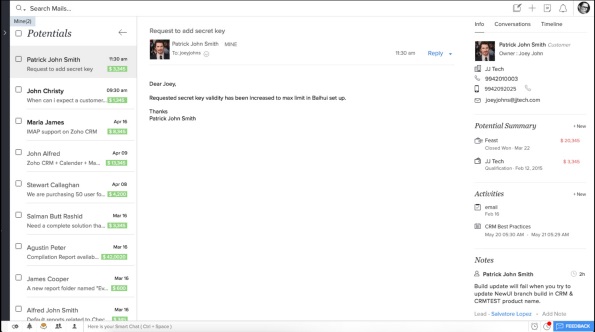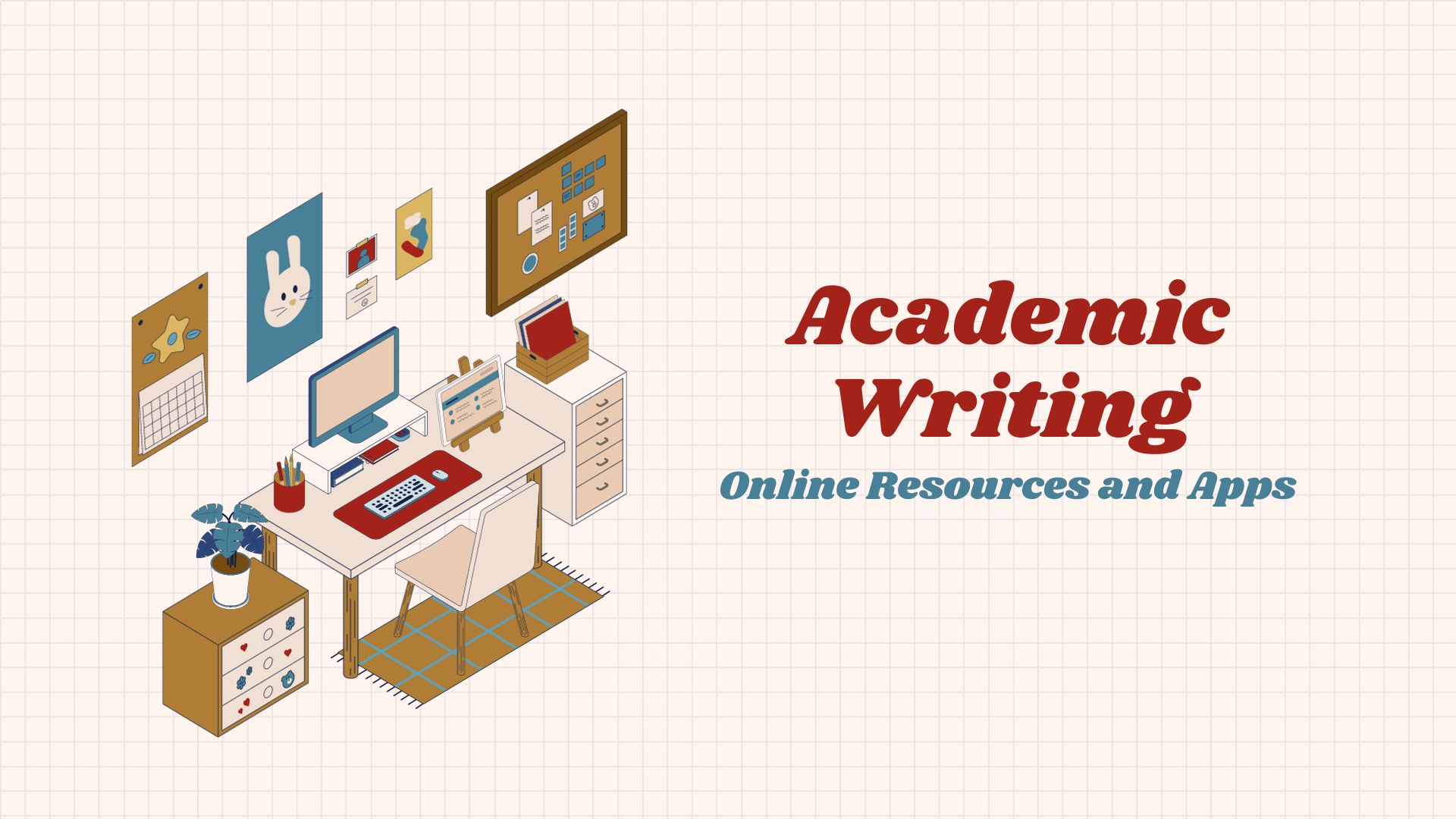Marrying Email and CRM, Zoho Targets CRM Giants
Zoho, a provider of business apps including Zoho CRM, does not have to look far for a successful business model to emulate. Its ManageEngine division, which sells network and IT management software, grew its customer base from fewer than 5,000 companies in 2005 to 90,000-plus companies today. Sixty percent of companies in the Fortune 500 use ManageEngine, among them such marquee names as Disney, Sony and Lufthansa.
“A decade ago, ManageEngine was where Zoho is today,” said Zoho Chief Evangelist Ragu Vegesna, noting that ManageEngine's competitors included large and well established companies like BMC Software and IBM's Tivoli.
Email Client Marries CRM, Email
Similarly, Zoho is aiming for competitors like Salesforce and Microsoft Dynamics with the latest update of its Zoho CRM software and the introduction of a new product called SalesInBox, which Vegesna calls “a dedicated email client for salespeople.”
Rather than presenting a single column of email sorted by date, sender and other basic information, SalesInBox applies information from a user's CRM system – Zoho or Salesforce — and uses contextual intelligence to sort the email into multiple columns that aim to make it easier for salespeople to do their jobs, Vegesna explains. Filters allow users to tell the client to notify them of all emails received from senders on their opportunity list that involve deals worth at least a million dollars and ensure they send a response to those senders within two hours, for example.

The CRM app automatically creates folders for Customers and Deals Closing This Month and lets users create other customized folders. In addition, users can view relevant information such as a timeline of previous conversations with a contact, the size of their current and past deals, overdue tasks, missed calls, support tickets raised and social media mentions, all without leaving the email client. Salespeople can also create new opportunities in their CRM system without leaving SalesInBox.
Though Zoho has offered standard integrations with CRM systems for several years, SalesInBox “goes well beyond that,” Vegesna said. “As one of two providers who offer both CRM and an email hosting service – with Microsoft being the other – we can use that knowledge to take integration to the next level.”
Zoho's Professional and Enterprise CRM users can use SalesInBox free of charge while Salesforce users will pay $15 a month for the service, Vegesna said. It works with Gmail, Exchange, Yahoo! Mail, Zoho Mail and other standard email hosting services.
Taking on CRM Giants
Zoho enjoys several advantages in competing with CRM giants like Salesforce and Microsoft, Vegesna said. As with its ManageEngine product, the company markets its business applications like CRM first to small companies before slowly moving up market. That way it can “ensure the market is ready and the product and our ecosystem are mature,” he said. “If you optimize your costs with SMBs, your profit margin increases when you start selling to larger companies.”
In order to further grow its ecosystem, Zoho just introduced Zoho Developer, a new program that offers the tools and resources needed to create extensions and build custom apps, and Zoho Marketplace, an online store similar to Salesforce's AppExchange where custom-built apps can be sold and purchased.
Unlike most other app exchanges, Zoho Marketplace does not collect a commission from developers, Vegesna said. “Developers are extending our platform and we are benefiting from that, so we do not want to take money from them.”
Inaugural Marketplace partners include Zendesk, SurveyMonkey, MailChimp and Docusign.
Zoho offers some 35 products, including applications for sales and marketing, finance and human resources. Most Zoho users start out with a single product and end up using six to eight apps, Vegesna said.
The company has nearly 20 million users of its business apps, he said, a number that includes businesses and individuals. CRM alone has 300,000 active business customers. Its fastest-growing product is CRM Plus, an integrated bundle of multiple Zoho products encompassing sales, marketing, support, analytics and project management tools.
Unlike many of its competitors, which buy software companies and integrate their products into their own platforms, Zoho builds all of its own apps using open source technologies, which means they work seamlessly together, he said. “Everything in our technology stack, other than the firewalls, switches and routers in our data centers is built on open source technology and then customized and optimized for our purposes.”
Zoho also spends less on marketing than its larger rivals. “We spend 20 percent of our budget on sales and marketing where some companies spend 50 percent or more,” he said. “At that point you have to question whether you are a technology company selling software or a sales company selling technology.”
Future Growth Plans
The company's low marketing budget does pose a challenge, Vegesna said.
“Our main challenge is reach. Whenever someone buys our product and uses it, they love it. But not enough people know about us,” he said. “But we do not want to extend our reach at the cost of changing our business model.”
Zoho is committed to steady growth rather than going public or raising venture capital, he said. In fact, Zoho CEO Sridhar Vembu has famously turned down external cash. It prefers to spend its money instead on innovation and thinking of ways to further leverage its software portfolio, Vegesna said.
For instance, he said, “I can imagine an email platform that can be optimized for specific vertical professionals, such as insurance professionals or real estate professionals.”
The company is gearing up for growth in Europe, with the recent launch of a Europe-specific website and the opening of two data centers in Europe, one in Amsterdam and another in Dublin.
Ann All is the editor of Enterprise Apps Today and eSecurity Planet. She has covered business and technology for more than a decade, writing about everything from business intelligence to virtualization.

Public relations, digital marketing, journalism, copywriting. I have done it all so I am able to communicate any information in a professional manner. Recent work includes creating compelling digital content, and applying SEO strategies to increase website performance. I am a skilled copy editor who can manage budgets and people.



